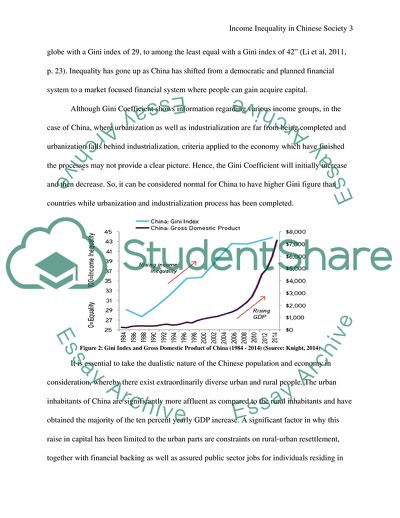Cite this document
(Income Inequality in Chinese Society Literature review Example | Topics and Well Written Essays - 1750 words, n.d.)
Income Inequality in Chinese Society Literature review Example | Topics and Well Written Essays - 1750 words. https://studentshare.org/sociology/1822961-the-causes-of-rising-income-inequality-in-modern-chinese-society-a-sociological-study-to-investigate-reasons-behind-growing-income-inequality-in-contemporary-china
Income Inequality in Chinese Society Literature review Example | Topics and Well Written Essays - 1750 words. https://studentshare.org/sociology/1822961-the-causes-of-rising-income-inequality-in-modern-chinese-society-a-sociological-study-to-investigate-reasons-behind-growing-income-inequality-in-contemporary-china
(Income Inequality in Chinese Society Literature Review Example | Topics and Well Written Essays - 1750 Words)
Income Inequality in Chinese Society Literature Review Example | Topics and Well Written Essays - 1750 Words. https://studentshare.org/sociology/1822961-the-causes-of-rising-income-inequality-in-modern-chinese-society-a-sociological-study-to-investigate-reasons-behind-growing-income-inequality-in-contemporary-china.
Income Inequality in Chinese Society Literature Review Example | Topics and Well Written Essays - 1750 Words. https://studentshare.org/sociology/1822961-the-causes-of-rising-income-inequality-in-modern-chinese-society-a-sociological-study-to-investigate-reasons-behind-growing-income-inequality-in-contemporary-china.
“Income Inequality in Chinese Society Literature Review Example | Topics and Well Written Essays - 1750 Words”. https://studentshare.org/sociology/1822961-the-causes-of-rising-income-inequality-in-modern-chinese-society-a-sociological-study-to-investigate-reasons-behind-growing-income-inequality-in-contemporary-china.


